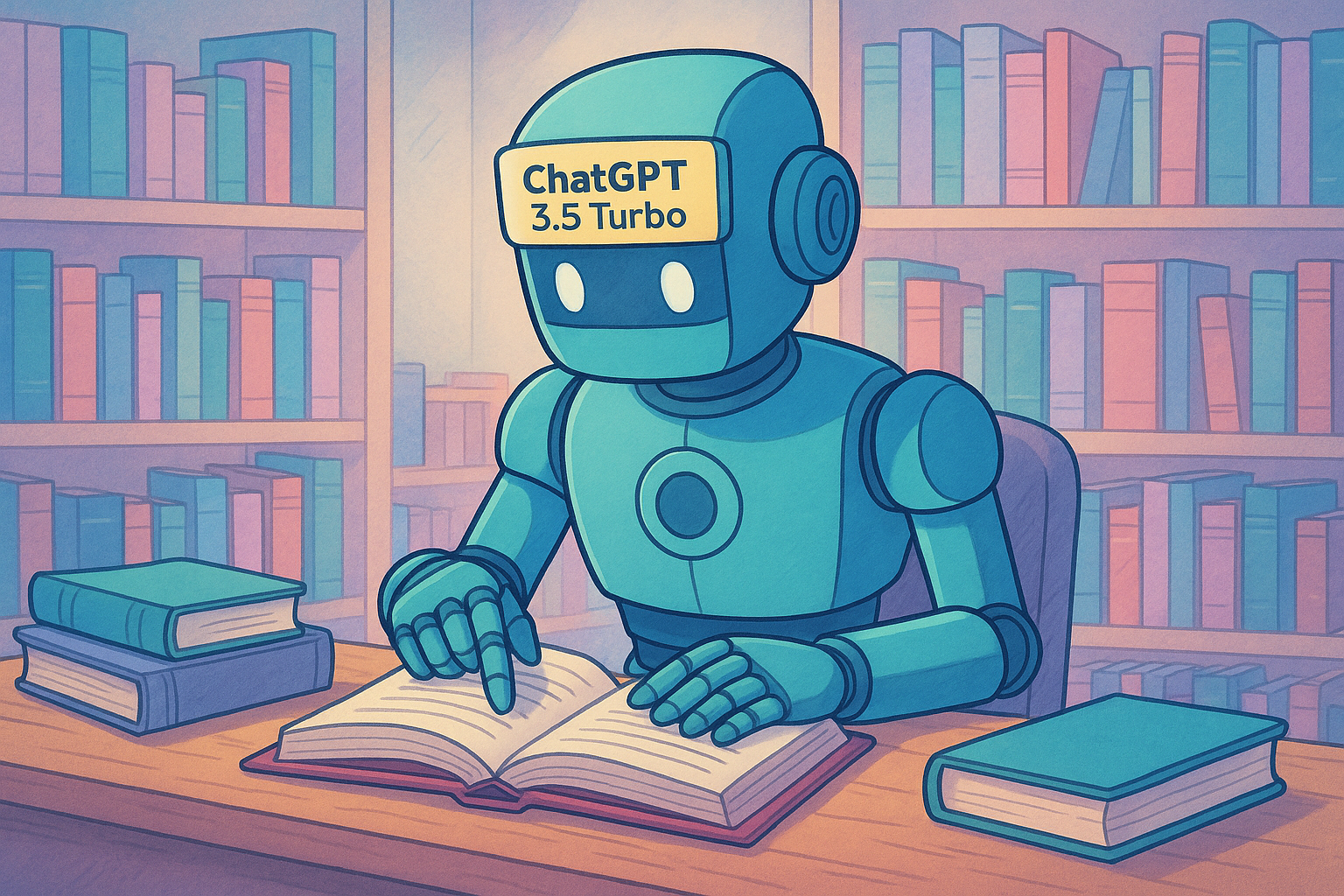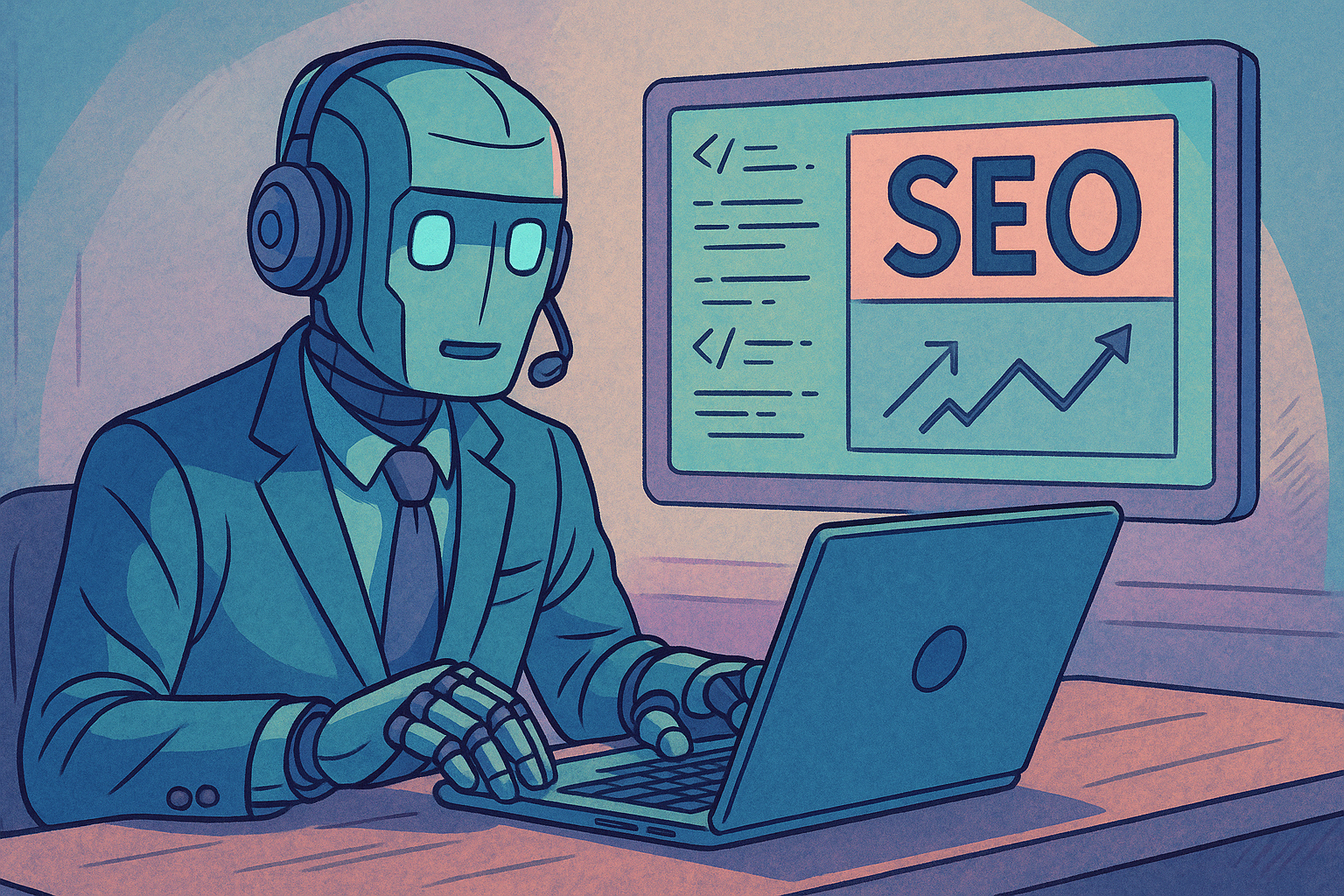What is End-to-End Learning in AI?
A training approach where a system learns to map inputs directly to outputs, minimizing intermediate steps or feature engineering.
More about End-to-End Learning:
End-to-End Learning refers to training models where the entire process, from input to output, is learned directly from the data without manual intervention in feature extraction or intermediate representations. For instance, in a chatbot context, an end-to-end learning model might take user messages as input and produce chatbot responses as output without manually defined rules or intermediate processing.
This approach can be powerful as it allows the model to capture and learn intricate patterns in data. However, it often requires large amounts of data and can be more challenging to interpret or debug compared to models with more defined stages.
Frequently Asked Questions
What are the advantages of end-to-end learning?
End-to-end learning can lead to more robust and generalized models, especially when there is ample training data. It also reduces the need for manual feature engineering or domain-specific expertise.
Are there challenges associated with end-to-end learning?
End-to-end models can require significant data to train effectively. They can also be less transparent, making it harder to understand or debug their decisions.
From the blog

Custom model training and fine-tuning for GPT-3.5 Turbo
Today OpenAI announced that businesses and developers can now fine-tune GPT-3.5 Turbo using their own data. Find out how you can create a custom tuned model trained on your own data.

Herman Schutte
Founder

Fixing your Image Alt tags and SEO issues with AI
Optimizing your website's SEO can be complex and time-consuming, especially when it comes to image alt tags, title tags, and structured data. Sitetag, an AI-powered SEO tool, makes this process effortless. With just one script tag, Sitetag automatically enhances your website’s SEO elements, ensuring better search visibility and improved user experience—all without the manual work. Ready to simplify your SEO? Discover how Sitetag can transform your site today.

Herman Schutte
Founder